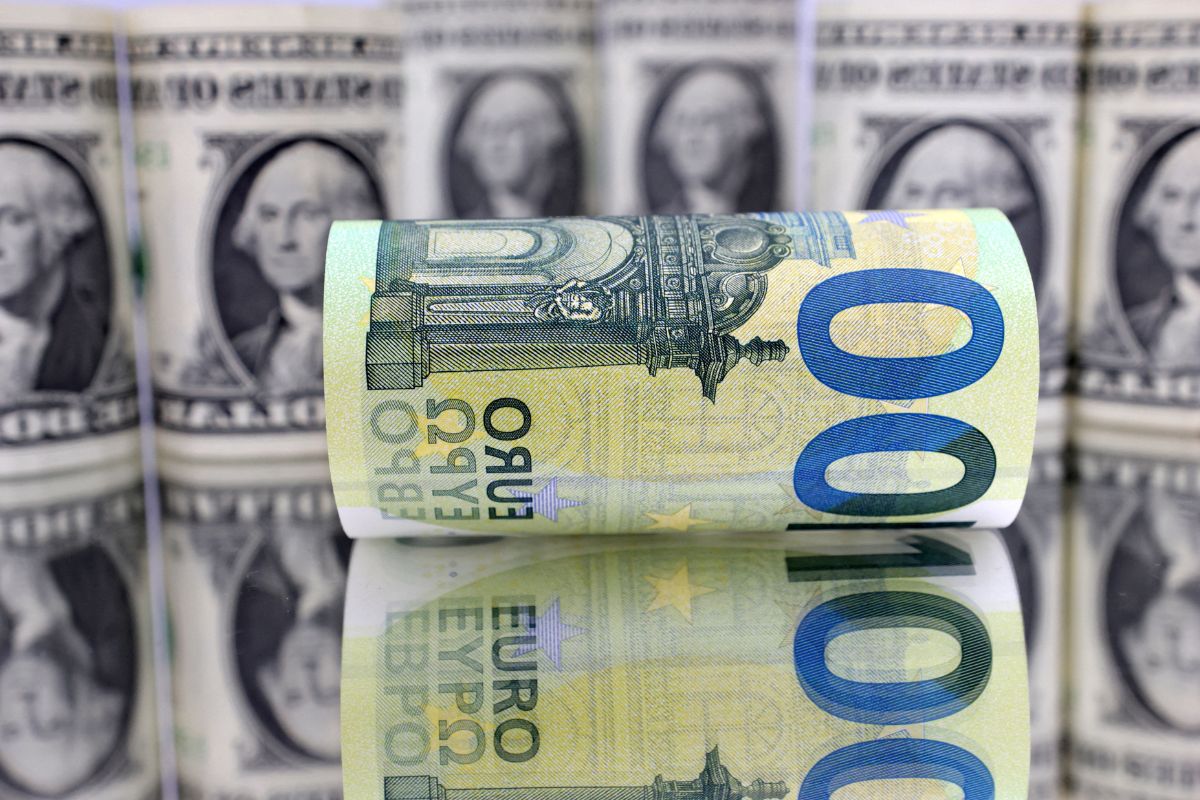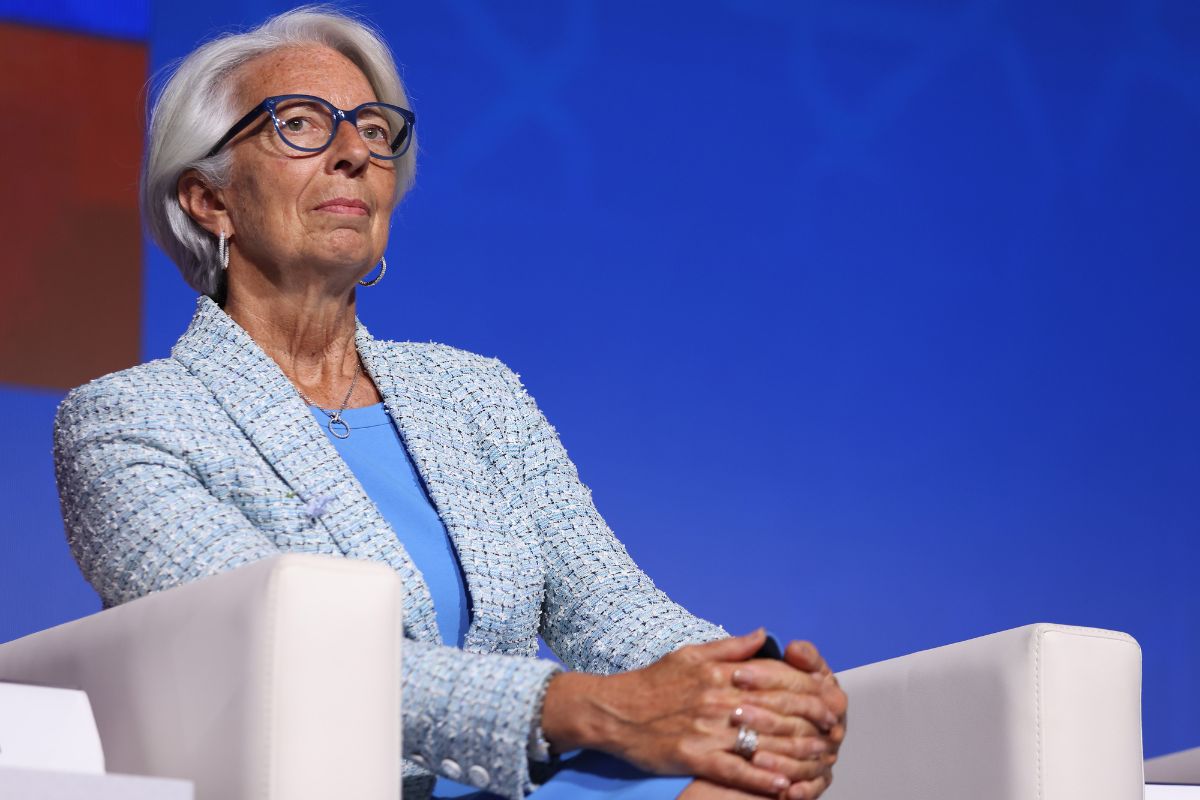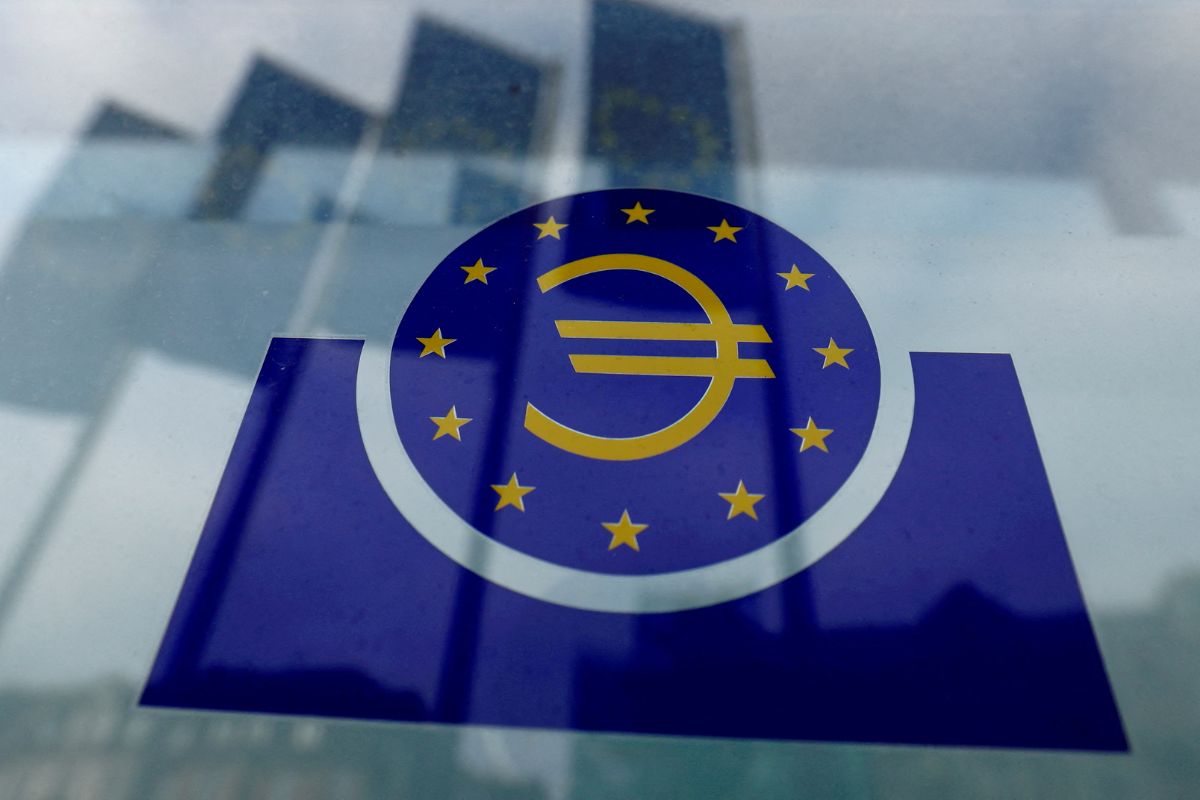ECB Policy Stance: The European Central Bank’s (ECB) policy stance and rate cut expectations have a significant impact on currency performance in the foreign exchange market. As investors and traders closely monitor the ECB’s decisions and statements, they assess the potential implications for the euro and other major currencies.
The anticipation of a possible rate cut or a shift in the ECB’s policy stance can lead to increased volatility and fluctuations in currency values. This not only affects the euro, but also has ripple effects on other currencies, creating opportunities and risks for market participants.
Understanding the relationship between the ECB’s policy decisions and currency performance is crucial for navigating the ever-changing landscape of global markets. So, let’s explore how these factors interplay and shape the dynamics of the currency market.
Key Takeaways
- The ECB’s policy decisions and statements have a significant impact on currency values in the foreign exchange market.
- Anticipation of rate cuts or policy shifts by the ECB leads to increased volatility and fluctuations in currency values.
- The euro and other major currencies are influenced by the ECB’s policy decisions, creating opportunities and risks for market participants.
- Understanding the relationship between the ECB’s policy decisions and currency performance is crucial for navigating global markets.
U.S. Economic Data and Dollar Performance
U.S. economic data plays a crucial role in shaping the performance of the dollar, with investors closely evaluating indicators ahead of key Federal Reserve meetings.
The dollar index, which measures the U.S. currency against six major counterparts, remains close to a six-week high, signaling a potential 2% increase for January. This indicates that strong economic data and resistance from central bankers have tempered expectations of early and significant U.S. interest rate cuts. As a result, market sentiments have been impacted, with investors adopting a more positive outlook on the dollar.
Also Read: ECB Work Unraveled by Markets: A Closer Look at Euro Zone Growth and Policy
The stability of the dollar is closely tied to the release of economic indicators, as they provide valuable insights into the health of the U.S. economy and influence the Federal Reserve’s monetary policy decisions. Therefore, investors carefully analyze these indicators to make informed decisions regarding their dollar investments.
Euro and ECB Policy Expectations
The European Central Bank’s decision to maintain interest rates at a record low of 4% has resulted in a nearly 2% decline for the euro against the dollar, prompting market expectations of potential rate cuts in April.
This decline in the euro can be attributed to investors’ belief that the ECB will adopt a more accommodative monetary policy to stimulate economic growth. The market is anticipating that the ECB may lower interest rates further in an effort to support the Eurozone economy, which has been struggling with weak inflation and sluggish growth.
These expectations have put downward pressure on the euro, as investors seek currencies with higher interest rates. As a result, the euro-dollar exchange rate dynamics have been influenced by the anticipation of potential rate cuts by the ECB in the near future.
Sterling Performance Before BOE Announcement
Ahead of the Bank of England’s policy announcement, sterling maintains stability against the dollar at $1.2703, as investors eagerly await insights into the bank’s decision-making process and future monetary policy direction. The steady performance of the British pound suggests that market participants are cautiously optimistic about the outcome of the announcement.
Here are four key factors that could be driving the stability of sterling:
- Market Expectations: Traders and investors are closely monitoring the BOE’s policy stance, hoping for clarity regarding interest rates and potential stimulus measures.
- Economic Data: The recent economic indicators, such as inflation and employment figures, may have influenced market sentiment toward the British currency.
- Brexit Developments: Any updates on the Brexit negotiations can have a significant impact on sterling’s performance, as the outcome of the trade talks will shape the UK’s economic landscape.
- Global Risk Sentiment: The overall market sentiment, including factors like geopolitical tensions and global economic growth prospects, can also influence investors’ appetite for risk and, consequently, sterling’s performance.
These factors, combined with the cautious market sentiment, contribute to the stability of sterling against the dollar ahead of the BOE’s policy announcement.
Japanese Yen Strength and Market Expectations
The strengthening of the Japanese yen against the dollar in January, with a decline of nearly 5%, reflects changing market expectations surrounding the rate cuts by the Federal Reserve and the policy normalization of the Bank of Japan. This shift in investor sentiment indicates that market participants are reassessing their outlook on both central banks’ monetary policies.
The decline in the yen suggests that investors are becoming more cautious about the potential for aggressive rate cuts by the Federal Reserve, which could weaken the dollar. Additionally, the yen’s strength may also be a result of market expectations that the Bank of Japan will maintain a more neutral stance and refrain from further easing measures.
As a safe-haven currency, the yen tends to strengthen during times of uncertainty, and this recent appreciation could be seen as a reflection of market concerns over global economic and political risks.
Geopolitical Tensions and Market Volatility
Escalating geopolitical tensions have the potential to significantly impact market volatility and investor sentiment. Recent events, such as the drone attack in Jordan that claimed the lives of three U.S. service members, serve as a stark reminder of the unpredictable nature of global politics and its impact on financial markets.
Here are four key points to consider:
- Safe-haven demand: Geopolitical tensions often lead to a flight to safety, with investors seeking refuge in assets such as gold, the Japanese yen, or U.S. Treasury bonds. This surge in demand can drive up the value of these assets and create volatility in currency markets.
- Risk aversion: Heightened geopolitical tensions increase uncertainty and risk aversion among investors. This can result in a sell-off of riskier assets, such as stocks, and a shift towards safer investments.
- Market sentiment: Geopolitical events can shape market sentiment, causing optimism or pessimism depending on the perceived impact on global stability and economic growth.
- Event-driven volatility: Geopolitical tensions can trigger sudden and sharp market movements. Investors need to be prepared for increased volatility, as these events can have a cascading effect on various sectors and asset classes.
Conclusion Of ECB Policy Stance
The recent performance of major currencies has been heavily influenced by the policy stance of central banks and market expectations of interest rate cuts.
The US dollar has been impacted by economic data, while the euro’s performance has been influenced by expectations of the European Central Bank’s policy.
The British pound saw fluctuations ahead of the Bank of England’s announcement, and the Japanese yen gained strength due to market expectations.
Geopolitical tensions have also contributed to market volatility.
Our Reader’s Queries
Q1 What are the expectations of the ECB policy rate?
A Analysts anticipated a median of 100 basis points in cuts throughout the year, potentially lowering the ECB’s deposit rate to 3.00% by the close of 2024. Among 85 economists, 36 projected a rate surpassing this, while 27 foresaw a lower level. The diverse forecasts highlight the uncertainty surrounding the ECB’s monetary policy and the varying expectations within the financial analyst community.
Q2 How does the ECB influence monetary policy?
A We employ a suite of monetary policy instruments to guide inflation towards our 2% target. These instruments impact both the quantity and cost of loans accessible to individuals and businesses. Our aim is to shape financing conditions and the overall economic activity in the euro area, subsequently influencing inflationary trends.
Q3 How do expectations affect monetary policy?
A These indicators serve as a crucial indication of the credibility of central bank policies. They play a pivotal role in the transmission of monetary policy via financial market channels. Additionally, they are commonly regarded as significant factors in influencing the short-term dynamics of inflation.




